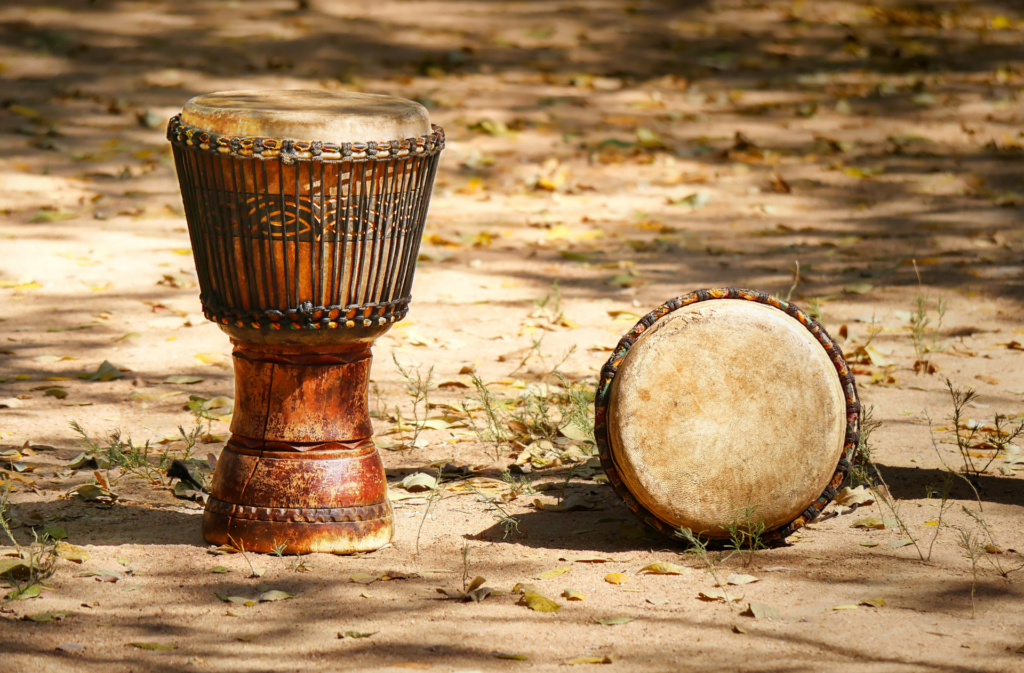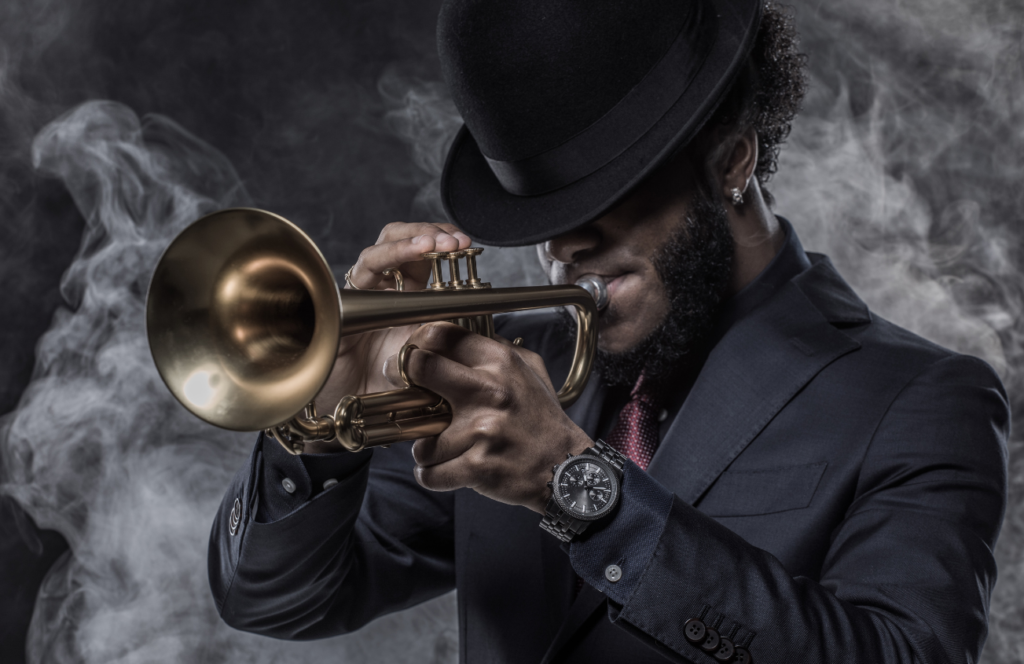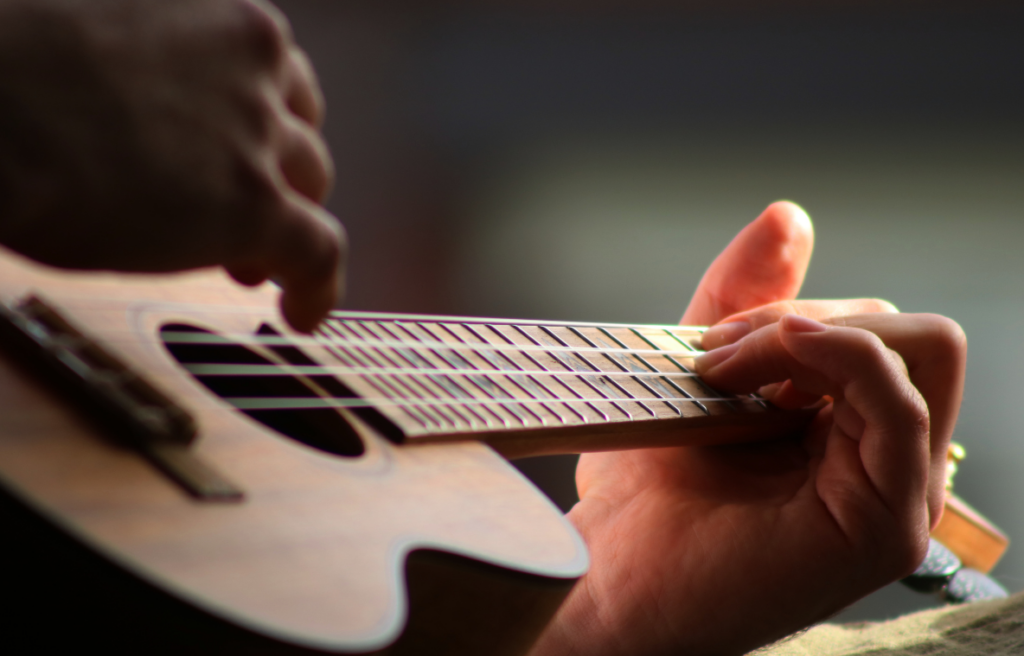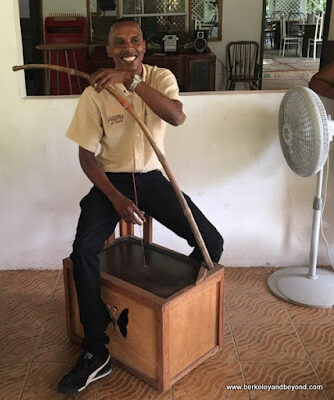Music Instruments
Basic Elements of the Sound of Trinidad & Tobago
Choose the instrument category, you would like to know more about. Each chapter covers different strings of history and includes sound examples and documentary segments. Scroll down for more information about the importance and diversity of music in Trinidad and Tobago.
Choose a category
DIVERSITY THROUGH SOUND
Without instruments, the music of today could not be possible, even though digital production can replace instrumentation in a lot of ways. Let me try to document on this page, which essential instruments are responsible for the „Trini-„sound over time.
Diverse as the island’s music, the instruments of Trinidad and Tobago reveal the islanders‘ ingenuity as well as influences from the eastern quarters of the globe. Music is the main drive on the island. Where ever you go, music will blast loud out of speakers, street musicians are not too common. Not too often you are getting the chance to see musicians perform without paying entrance fees.
Live music will be shared in several locations across the whole island, and sometimes pan groups or rhythm sections perform in a public or private manner. In the capital, Port of Spain, the Kaiso Blues Café is such a spot. As well you must search for finding these events. Pan Yards are offering the chance to listen to their rehearsals and practice. Often the yards invite for limes and even sell drinks on their (often sponsored) compounds. They are building hubs for the younger generation to come and be a part of their community.

STEEL PAN
The steelpan instrument fascinates the world with its unique melodic, tonal, and rhythmic qualities, and its sounds reverberate as the musical heartbeat of the cultural landscape of Trinidad and Tobago. The steel pan is nowadays a worldwide recognized and well-respected music instrument, which now enjoys high participation and popularity on the twin island.
Since then the popularity of the instrument has grown rapidly. It is used in live music performances, and as concert percussion worldwide, portrayed in a lot of art pieces of the Caribbean.
Pan is played using a pair of straight sticks tipped with rubber. The size and type of rubber tip vary according to the class of pan being played. Some musicians use even four pan sticks, holding two in each hand.
The pan can play all classical notes and is used in orchestral ensembles worldwide. There are also quite interesting workshops worldwide, where you can learn the tamboo bamboo, the forerunner of the steel pan.

STRING INSTRUMENTS
By the 1930s, the singers in calypso tents in Trinidad were accompanied on stage by an ensemble using instruments like guitar, cuatro (a small four-stringed guitar), violin, bass, flute, and clarinet. You can hear the strong influence in the songs. Here is an example by the Duke of Iron. This video is from the 1930s and is only one of the little examples from this time with moving pictures.




PERCUSSIONS


BRASS
Besides percussive, like elements and rattles, trombones, horns, and trumpets were the basic instruments, as well as a few string instruments, like the cello was used. Brass bands build the background music for calypsonians in calypso tents and during live performances. Often one band was chosen for each calypso tent.

THE INFLUENCE FROM INDIA


Tassa
Tassa drumming is very famous in Trinidad and Tobago. In nearly every village are tassa groups, especially in the South of Trinidad. For the annual Hosay festival, the drums are an essential part of the ceremonies.

Often tassa drummers are invited to accompaign religious ceremonies, like weddings, childbirth celebrations, funerals and wakes.
This is from „Mastana Bahar“ a local TV program, showcasing the Indian heritage over decades (especially the 80s and 90s). This is „A Few Good Men“, a Tassa Group from San Fernando.
INSTRUMENTS IN PARANG MUSIC



Since the middle of the 20. century it is counted as an official instrument and until today it is a basic part of the parang band. Unfortunately, there is not too much known about its original creation, yet. Most of them are often created by the musician self, so they are unique instruments.





TT MUSIC LIBRARY - VIRTUAL MUSIC ARCHIVE | JUKEBOX TT
Note: This summary is a "work in progress". With every visit, more content will be added. Get in touch, if you have something to share.
Jocelyne Guibault (2007): Governing Sound – The cultural politics of Trinidad’s Carnival Music
University of Chicago, Ian Randle Publishers
John Mendes (2003): Coté ci Coté La – Trinidad & Tobago Dictionary, Medianet Publishing
Gerard Besson (2011): Calypso, Calypso Music
http:// caribbeanhistoryarchives.blogspot.com/2011/10/calypso-calypso-music.html
Ronald C. Emrit: Calypso History
www.Bestoftrinidad.com/calypso.html
TntIsland.com: Parang
http:// www.tntisland.com/parang.html
Calypsoworld.org: Calypso in Trinidad – Carnival and Musical Traditions (offline nowadays)
Are you amazed by this project?
Show your support
A Virtual Walk Through Time
See Highlights on the Timeline










